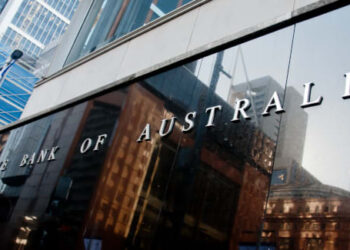The State Street Risk Appetite Index fell from zero to -0.18 in September, indicating that long-term investors, overall, were reducing risk across asset classes.
Namely, a positive reading suggests that on balance, investors are adding to their risk exposures, while a negative reading suggests risk reduction.
Michael Metcalfe, head of macro strategy at State Street Global Markets, noted that what’s been witnessed is a “classic risk off” response from long-term investors as bond markets moved to fully price in higher for longer rates from the Federal Reserve and equity markets “wobbled”.
As such, there was a sharp rise in allocations to cash, stronger demand for the US dollar, and significant outflows from cyclical and emerging market assets.
“Perhaps the only surprise, given the price action, is that long-term investor flows into Treasuries, as well as other core sovereign bonds, remained strong,” Mr Metcalfe explained.
“Given the economic and now political uncertainties facing the US in Q4, the steadiness of long-term investor demand for Treasuries is one potential positive we can take out of behaviour observed in the past month, assuming of course it lasts!”
Meanwhile, the State Street Holdings indicators, which capture the share of investor portfolios allocated towards equity, fixed income and cash, going back to 1998, revealed that long-term investors’ allocations to cash rose a further three-tenths of a per cent to 20.4 per cent.
Additionally, fixed income allocations rose 0.2 per cent to 28.5 per cent. On the other side of the coin, equity holdings fell by 0.5 per cent to 51.1 per cent.
“Investors are hiding in cash once again in the face of combined equity and fixed income market weakness,” Mr Metcalfe explained.
While cash holdings are now above average, he cautioned that they remain a few percentage points below their normal crisis peaks.
“Holdings of equities look to be especially vulnerable as allocations to equities are still above their long-run averages, while holdings of bonds are already at their lowest levels in 15 years.”
The Institutional Investor Indicators were developed to measure investor confidence or risk appetite quantitatively by analysing the actual buying and selling patterns of institutional investors.
State Street first announced in August that the Institutional Investor Holdings and Risk Appetite Indicators, both having launched on 5 May 2023, would replace the Global Investor Confidence Index (ICI) following its retirement on 25 October.
“The Institutional Investor Indicators represent the next generation of our Investor Confidence Index,” Will Kinlaw, head of research at State Street, said at the time.
“Building on what the ICI began two decades ago, these indicators will provide richer insights into how this influential block of investors is positioned and where their assets are flowing, at an aggregated and anonymised level.”







